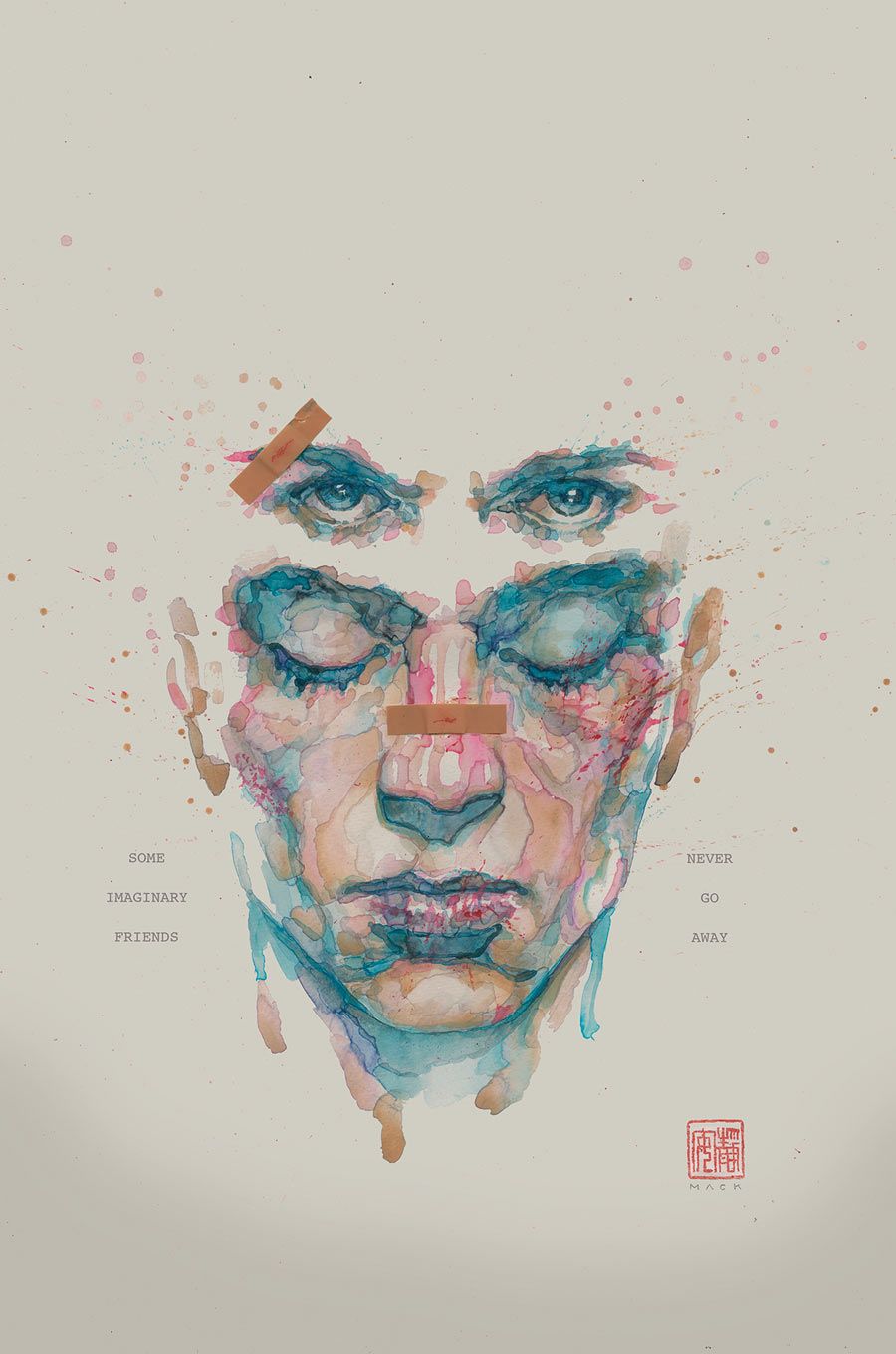Chuck Palahniuk has returned to "Fight Club" with a sequel that follows not the 1999 David Fincher film but the novel from which it was derived. The writer adapts to the new medium pretty well; although the opening of the book is a bit disjointed, it fits in to the aesthetic of the "Fight Club" world. Veteran artist Cameron Stewart, whose work with Grant Morrison proves he's no stranger to developing offbeat scripts, provides continuity for the story through fluid cartooning and some expected fourth-wall-breaking design. It's an entertaining -- if not yet fully operating -- story; this is the work of a novelist, after all, and the story is still working its way off the ground by the end of the issue.
The first thing any "Project: Mayhem" member interested in the comic will need to know is whether or not this is a continuation of the book or the film. Thankfully, while there were many differences between the two, they both ended in relatively the same place, so -- should a viewer want to drop in -- it won't be too hard to pick up where the narrative begins. As much as the original was a commentary on single men trying to find a place and purpose in a world that forces them to be cogs instead of people, this new series sets out to discover the purpose of the suburban middle aged man who is settled down with kids and a wife and no real goals.
Sebastian is now married to Marla, who always seemed to be more attracted to the dangerous Tyler Durden persona. Palahniuk shows Sebastian's tenuous desire to hold onto normalcy like a super villain in hiding. Readers discover that Durden may not be as repressed in Sebastian's psyche as Sebastian would want to believe. The writer paces the story well, punching up morbid scenarios with fun character choices like Marla's lack of self-awareness or the increasingly dangerous talents of Sebastian's son. Stewart balances the order of Sebastian's day-to-day living with straightforward layouts and perpendicular presentation, saving the more dynamic layouts for the more fantastical elements of the story.
The book maintains the dark sense of humor present in much of Palahniuk's work. It takes a while to reintroduce the world and then introduce the current status quo of its inhabitants but, by the end of the issue, the creative team starts to hit their groove. Readers find out where Tyler has been and whether or not he ever truly went away; the cliffhanger of the issue delivers what may be a new baptismal right for the agents of the Project.
"Fight Club 2" is a good start for the sequel. It's almost a certainty this work was built to be read in larger pieces, so kudos to the team for delivering a solid first issue. Palahniuk has a message and has adapted well to the medium in order to convey it. Fans of the franchise should be satisfied with this debut issue.

